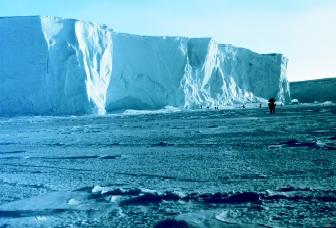The course of world society in the twenty-first century is likely to be substantially influenced by a single resource: drinking water. The first and most obvious fact is that water is an absolute necessity. Without water, life—animal, plant, or human—cannot exist. Water comprises approximately 75 percent of the human body. Without adequate water, the body ceases to function. Depending on one’s exertion level and weather conditions, the average adult should consume a minimum of eight 8-ounce glasses (or about 2 liters) of water daily.
One might think that drinking water should not be a problem in the twenty-first century, but it can be. Several related factors define the challenges. First, quantities of water on planet Earth suitable for drinking are extremely limited. Less than 1 percent of all water on Earth is available as groundwater and surface water suitable for human uses such as drinking and cooking. The remainder is either salt water (97 percent) or is locked up in ice (just over 2 percent). Read more






